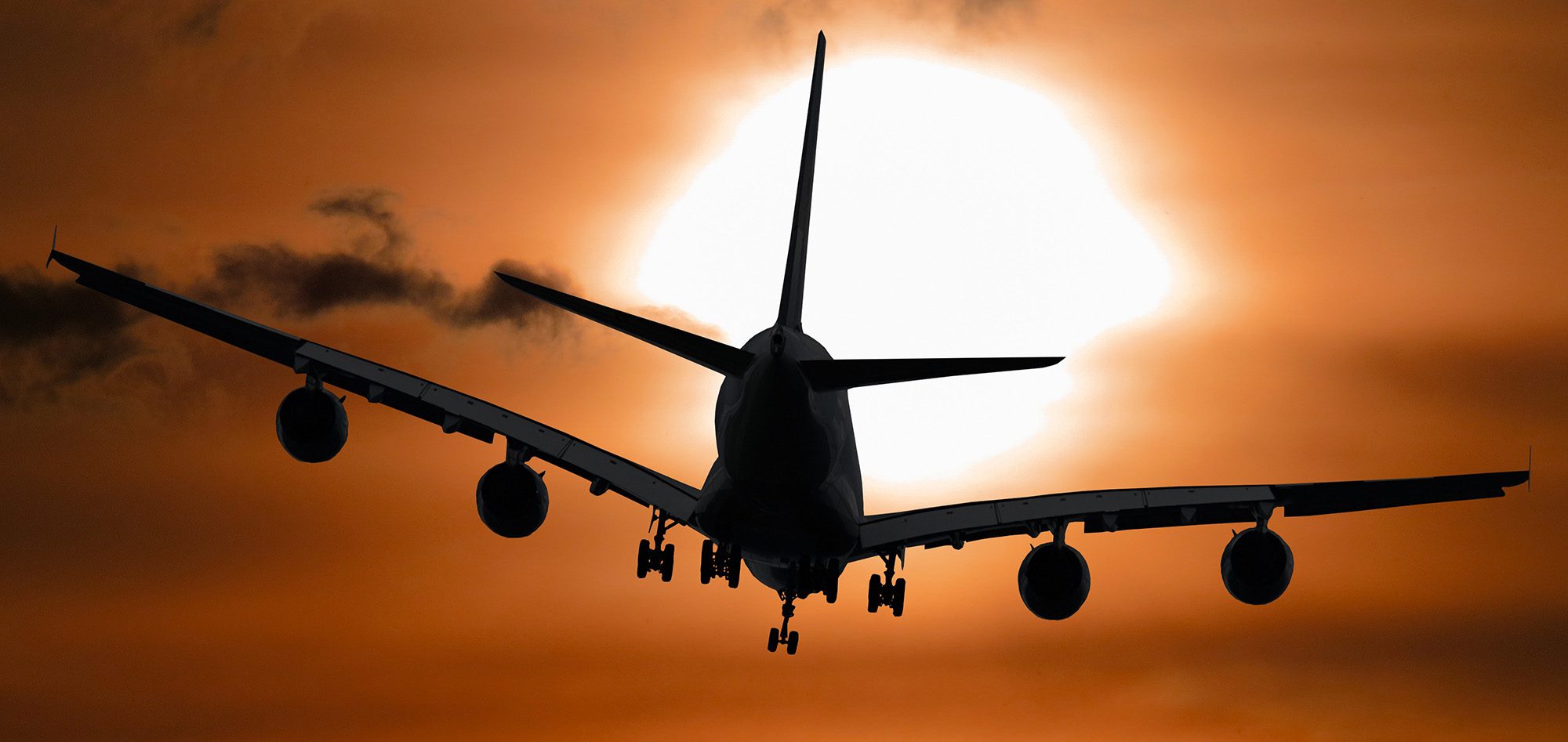The world of aircraft leasing is a dynamic arena, where airlines and lessors engage in intricate transactions to meet their fleet requirements and financial goals. Behind the scenes, processes and considerations ensures the acquisition, management, and eventual return of leased aircraft – it can be a seamless transaction or a drawn out and expensive affair depending on preparation, condition, lease agreements and in some cases external factors! Let’s delve into the critical stages of the aircraft leasing lifecycle, uncovering the challenges and expertise required at each step.
Acquisition: Strategic Selection and Negotiation
The journey begins with the lessor’s election of aircraft, evaluating market trends, airline demand, and financial viability. Once a suitable aircraft is identified, negotiations with the manufacturer or previous owner commence, involving complex contracts and financial arrangements. A comprehensive technical assessment ensures the aircraft’s airworthiness and compliance with regulatory standards, safeguarding the lessor’s investment.
Management: Maintenance, Compliance, and Remarketing
Throughout the lease term, the lessor assumes responsibility maintaining asset value and return for the asset, ensuring its continued airworthiness and compliance with evolving regulations. This involves a lease agreement with lessee’s and during lessor responsibility transition CAMO’s are typically engaged coordinating maintenance activities, tracking technical records, and addressing any arising issues promptly. As the lease term heads to a couple of years remaining, the lessor initiates remarketing efforts, seeking new lessees or exploring alternative options for the aircraft’s future.
End-of-Lease: Return Conditions and Transitions
The final stage of the leasing lifecycle involves the aircraft’s return to the lessor from the lessee. A thorough inspection defined by lease agreements and not airworthiness conditions alone ensures the aircraft meets the pre-defined return conditions, addressing any maintenance or repair requirements. The lessor then prepares the aircraft for its next chapter, whether it’s a new lease, sale, conversion or retirement.
Expertise and Collaboration: The Keys to Success
Navigating the complexities of aircraft leasing demands specialized knowledge and collaborative efforts. Lessors, airlines, maintenance providers, and technical experts work hand-in-hand to ensure each stage of the lifecycle is executed seamlessly, maximizing the value of the asset and minimizing risks.
Want to explore the intricacies of aircraft leasing further? Consider our comprehensive courses at and follow us on LinkedIn at to stay informed about the latest industry developments.
